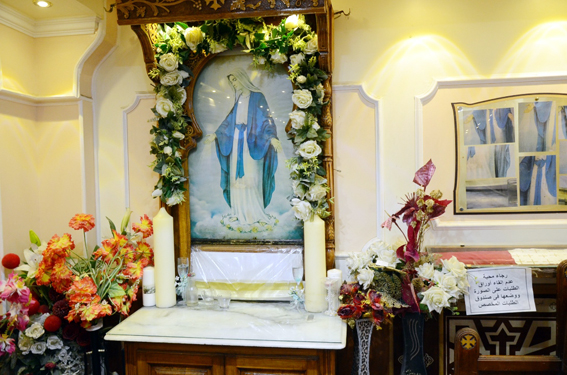An Egyptian archaeological mission from Ain Shams University made some interesting discoveries during excavation operations in the area east of the Dendera Temple in Qena some 460km south of Cairo.

The mission unearthed remains of a shrine made of limestone, a water basin and a ‘smiling’ sphinx, all dating back to the Roman era, Secretary General of the Supreme Council of Antiquities, Mostafa Waziri announced. A temple for Horus was once built in the area during the Roman era.

According to the head of the mission Mamdouh al-Damati, Professor of Egyptology with Ain Shams, and former Minister of Antiquities, the remains of the shrine unearthed consist of a two-level platform, its foundations and a ramp. The shrine included a mudbrick Byzantine basin with a ladder covered with plaster. Mr Damati said that during the cleaning of the basin, a sphinx-like statue made of limestone was discovered; it represents a Roman emperor wearing the headdress known as the Nemes, with a cobra shaped ureas. Mr Damati said that after initial examination of the statue, it likely belongs to Emperor Claudius.
“It is a beautiful statue,” Mr Damati said, explaining that the accurately depicted features of the face denote royal features. Interestingly, he said, a slight smile and dimples appear on the face. Faded colours of yellow and red feature on the statue. Underneath it, he explained, a Roman stela inscribed in Demotic and Hieroglyphic was found.

The mission will continue its operation in the area of the Horus Temple and in front of the Isis Gate, in order to uncover the road linking the two.

Ain Shams University Archaeological mission started excavation in the area last February, under supervision of a team from the National Research Institute of Astronomy and Geophysics. The mission has so far carried out a radar survey of the Osirian halls in the Dendera Temple, and a magnetic survey in the area east of the wall surrounding the temple in front of the Isis Gate.
Watani International
7 March 2023
















